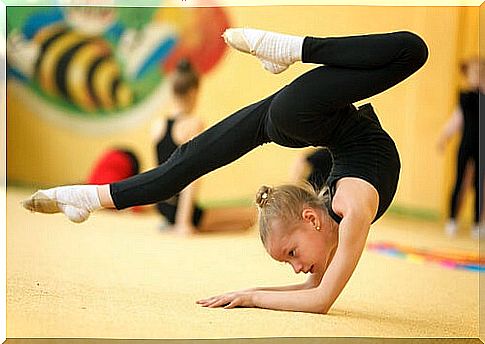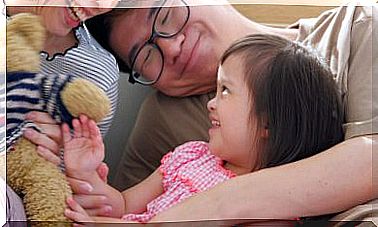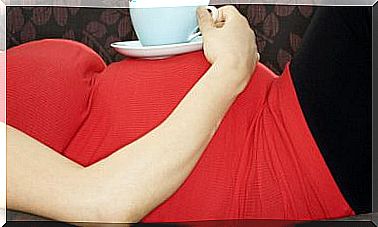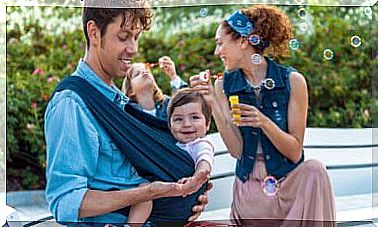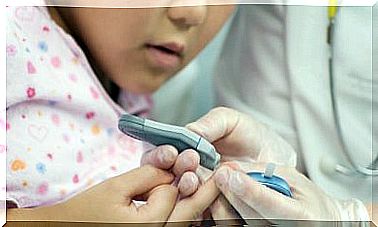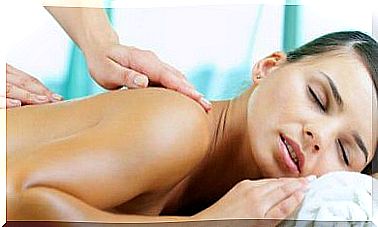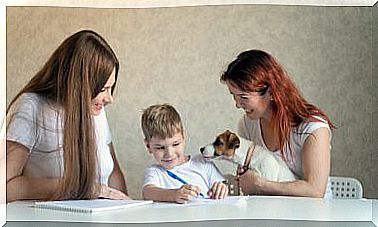Gymnastics For Children
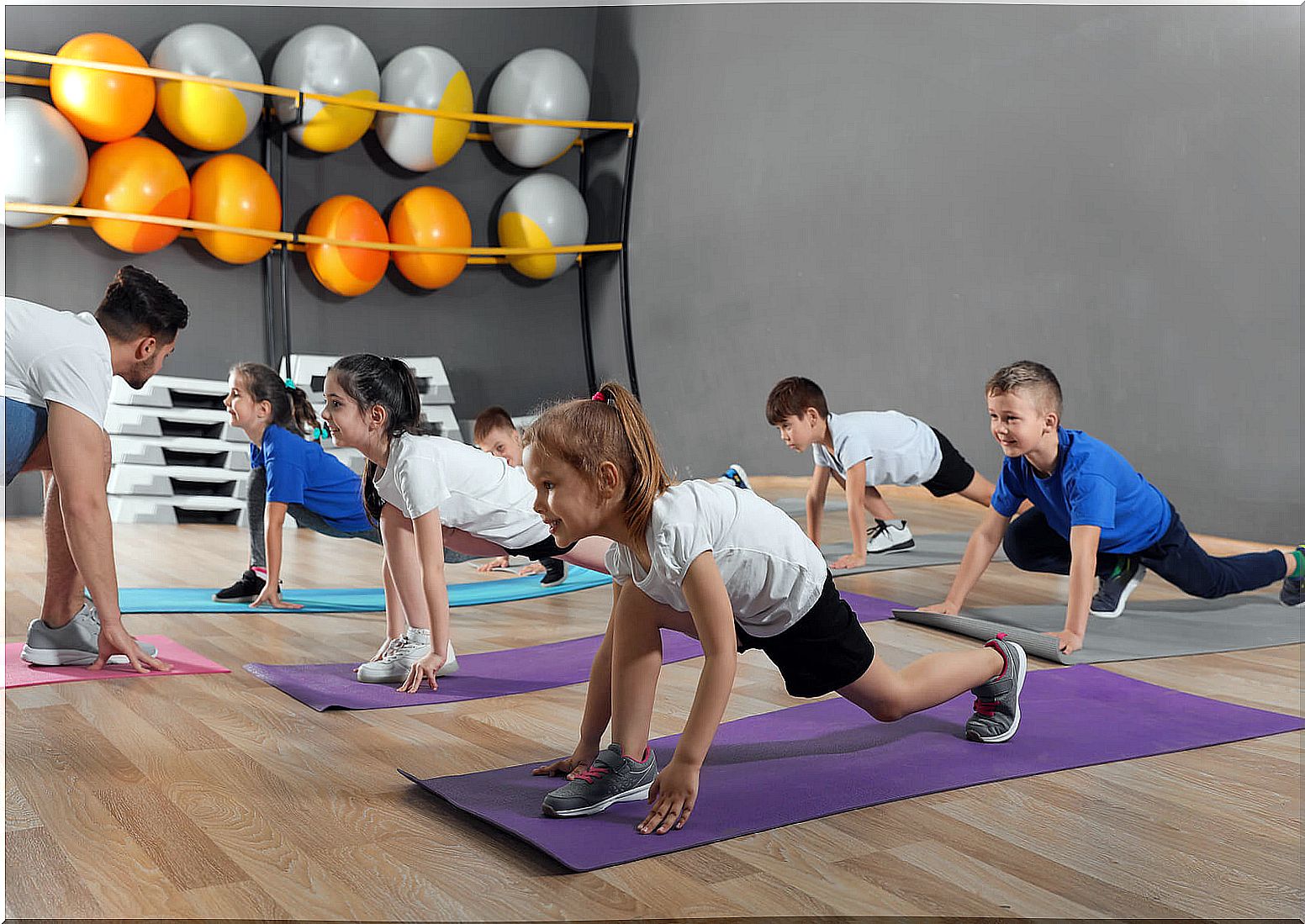
The most natural form of physical activity for children is play. In addition, to stay in shape and promote their integral development, it is highly recommended that children practice some type of sport. However, it is also very beneficial for children to practice gymnastic exercises.
As a way to fight against a sedentary lifestyle and also as a method of keeping or getting fit, gymnastics for children is a very useful and interesting option.
However, it is important to clarify the concept of gymnastics, because gymnastics as a sport is not the same as gymnastics as a general physical activity. In fact, as a sport, gymnastics has various modalities and specialties.
However, as a physical activity, we could consider gymnastics a generic way of talking about physical activity, in which case, probably, it should be called something else to avoid confusion.
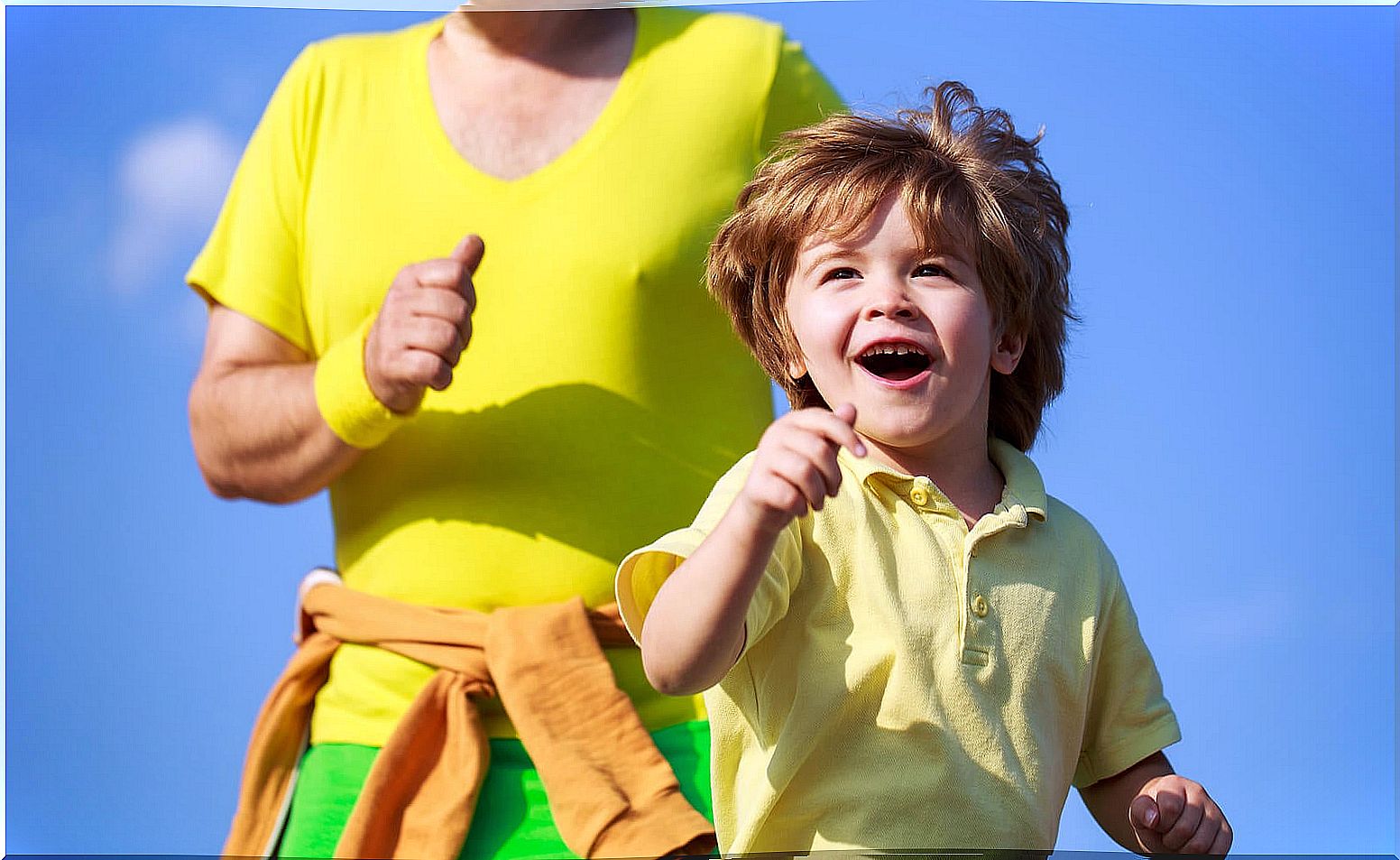
Clarifying concepts: gymnastics, physical education and fitness
What today in the school environment we call physical education and in the gym environment we call fitness , before it was generically called gymnastics. But this word is still present in our vocabulary and can lead to confusion and errors.
The fact is that, even in the professional environment, the term gymnastics is still used when talking about general physical activities because it is something that is easily understood. In fact, you can try doing an internet search on gymnastics in general, or more specifically, on gymnastics for the elderly, gymnastics for pregnant women or gymnastics for children.
What you will find, for the most part, will be videos and articles that talk about exercises to get in shape, what today, depending on the context, we call fitness or physical education.
Types of gymnastics
There are various types of modern gymnastics disciplines, all of which are regulated by the International Gymnastics Federation (FIG). Thus, the FIG recognizes six disciplines:
- Artistic.
- Rhythmic.
- Trampoline.
- Aerobics.
- Acrobatic (also known as acrosport ).
- Gymnastics for all (also called general gymnastics).
The first five are competitive disciplines, while the last, gymnastics for all, aims to promote well-being and good health.
Rhythmic gymnastics and artistic gymnastics are deeply rooted among the child population. In fact, there are very good schools and very interesting projects in the environment of federated sports that promote these disciplines.
However, the general term gymnastics for children is far from the disciplines recognized by the FIG and is closer to what we understand by fitness and physical education, as we have already commented.
Gymnastics for children: children’s fitness
To differentiate competitive gymnastics from generalist gymnastics, it seems very appropriate to speak of fitness, in this case, children’s fitness , since we are talking about gymnastics for children.
What you have to be very clear about is that children should exercise and be active. This can be complicated when they have to spend a lot of time at home, either because there are no options available, or during periods when, for various reasons, it is impossible to leave the house, or when social isolation is recommended, such as those who are living as a result of the complicated health situation that we are experiencing.
According to the World Health Organization (WHO), children should get at least one hour of exercise a day, from medium to vigorous intensity. And if they can exercise more, so much the better. Also, most of this time spent exercising should include aerobic-type physical activities.
On the other hand, the WHO recommends that children participate at least three days a week in vigorous physical activities that help them to strengthen their bones and muscles.
These criteria can be very useful when organizing the physical activity of children and the fitness or gymnastics exercises that we propose. In fact, knowing how to choose fitness activities for children is very important.
But not just any tool will do. On the internet there are many options available, but how do you choose the most appropriate one? Next, we are going to see some tips to select well the most suitable fitness resources for children.
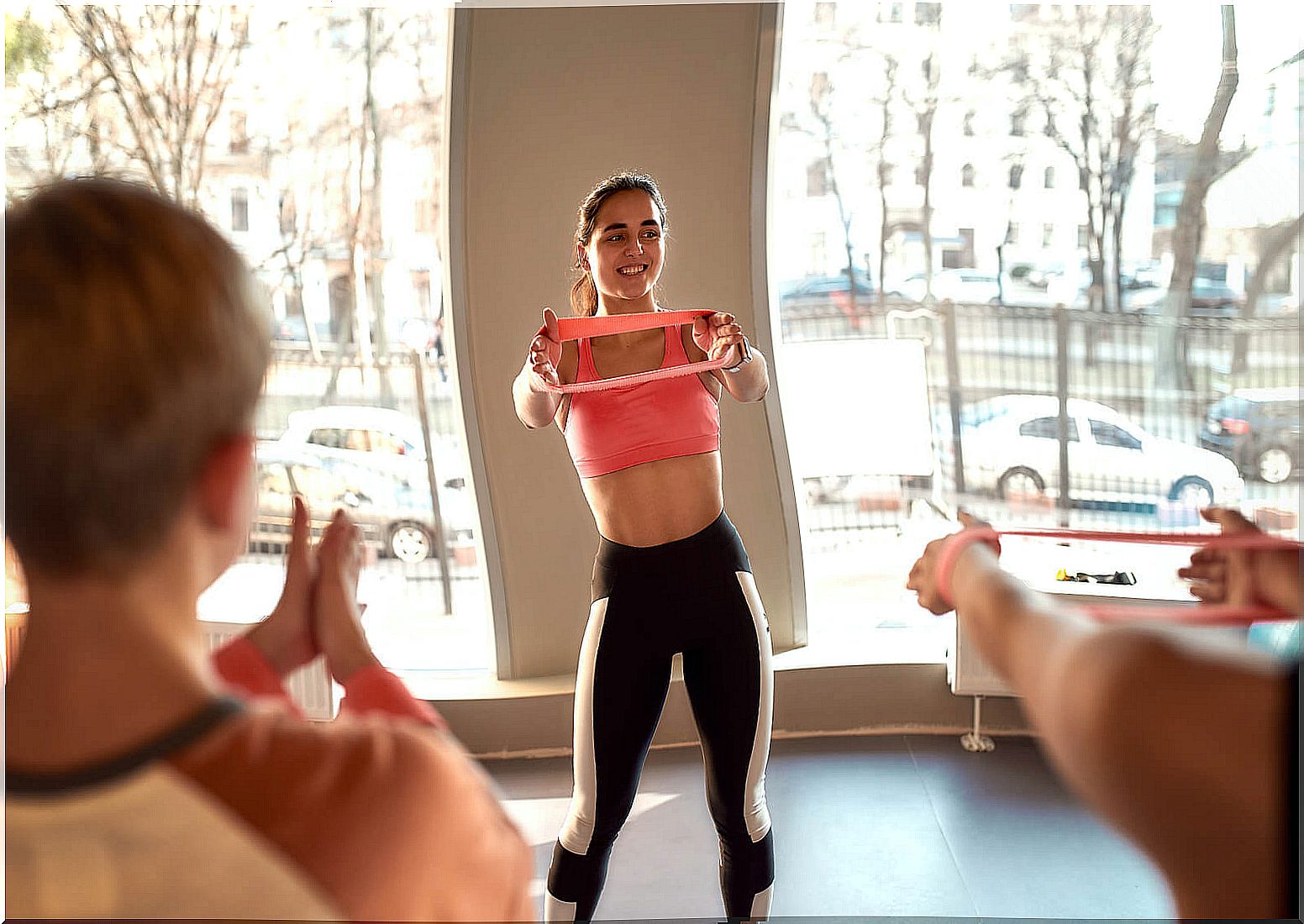
How to choose suitable gymnastic exercises for children?
Child fitness exercises should include coordination, flexibility, mobility, agility, endurance and strength work. But you have to put it in an entertaining way, because if they get bored, they probably do it wrong, thus increasing the risk of injury.
There are many gymnastics-specific books for kids that offer ideas, resources, and tips for parents, grandparents, and caregivers to tackle their youngster’s physical activity homework. However, new technologies make it even easier for us.
A very useful and helpful option for children to exercise is through specific videos. There are many resources available on the internet. To choose the most suitable ones you can follow the following indications:
- Review the videos before showing them to the kids. Check that there are no dangerous exercises and that you have adequate space.
- Find out about the authors of the videos and their training.
- Check that the exercises are well explained.
- Verify that the children can do the exercises proposed.
- When in doubt, consult a professional (for example, your physical education teacher).
It is very important to keep in mind that not all exercises that we adults do are safe for children. In reality, many times they are not even safe for adults if they are not done correctly. Therefore, it is highly recommended to look for specific resources for children that are prepared by professionals.
